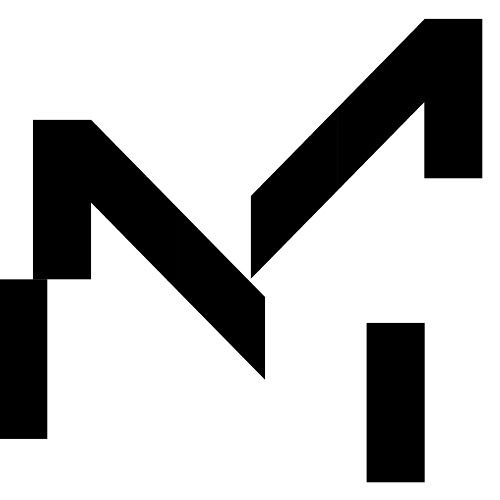Episode 1
Atelier Bouts | Christ Crowned with Thorns - Radiography
Radiography is the technical term for making X-rays. Most of us are acquainted with X-rays, as they are commonly found in our medical records. The technique has been in use for more than a century. A radiologist directs a beam of X-rays toward the body part they wish to visualize. A photographic film is positioned on the other side of your body, serving as the medium that captures the X-ray picture.
Bones are relatively heavy and dense. They therefore stop most of the radiation from reaching the photographic film, leaving it unexposed. On the developed film, these unexposed areas appear bright and translucent. Softer, lighter tissues, such as muscles, are easily passed by the radiation. On the developed film, they appear matte and dark. The degree of darkness thus corresponds to the amount of radiation passing through the tissue - the more radiation reaching the film, the darker it becomes.
Radiography is used in exactly the same way to examine paintings. Lead-based paints or other dense materials block the X-rays, resulting in bright spots on the radiographic image. Lighter materials, such as organic pigments, allow the radiation to pass through, resulting in grey or black tones on the film.
The X-ray you see here was taken when ‘Christ Crowned with Thorns’ was first brought into the restoration studio. The bright white objects visible along the edges are nails with which small, non-original planks were attached to the panel. They were removed as part of the conservation treatment. The two white spots in the centre are the wax seals located on the back of the painting. The X-ray thus allows us to see through the entire panel.
Even though the paint layers are very worn down, allowing a substantial amount of radiation to pass through, we can still infer certain details from the X-ray. The artist started by applying the gold leaf. This partially blocks the X-rays, causing it to light up a little. The area where Christ's head was designed to be depicted was left in reserve, so no gold leaf was applied there. In the 15th century, it was a common artistic technique to intentionally leave areas in reserve.
For the head itself, the artist applied an underpainting in lead white. This underpainting blocks a significant amount of radiation, resulting in it being slightly brighter on the X-ray. The hair is painted with very thin layers. These are easily penetrable for X-rays, making Christ’s hair dark on the X-ray. The white specks on the crown of thorns are highlights applied in lead white.

